As the financial year ends, the team at Acme Corporation meets to talk about their budget. They discuss how important it is to manage their money well. The CEO says, “We must make sure every dollar we spend helps us reach our goals. If not, we’re wasting our resources.”
Budgeting is key for any business to plan and reach its financial goals. It doesn’t matter if you’re a small startup or a big company. Learning how to budget well can help you grow and succeed in a changing world.
Table of Contents
Key Takeaways
- Budgeting is a vital tool for financial planning and control
- Effective budget allocation aligns with an organization’s strategic objectives
- Budgeting involves identifying key income sources, expenses, and financing options
- Budgeting techniques like zero-based and incremental approaches offer different benefits
- Budgeting is an iterative process that requires regular monitoring and adjustment
Understanding the Essence of Budgeting
Budgeting is key to managing money and planning ahead. It’s a detailed plan showing what you expect to earn and spend over time, usually a year. Budgets help show how plans will affect money and help keep track of spending.
Definition and Purpose of a Budget
A budget outlines what you plan to spend and earn, organized by categories, for a set time. It’s often made yearly based on plans for the next year. The main goals of a budget are to:
- Show how money will be used
- Help make decisions by showing financial effects of plans
- Control and check spending to spot differences
- Help choose which projects to do first
- Show money use to others, like investors
Good budgeting basics keep money in order, use resources well, and match actions with goals. Knowing what a budget is and why it’s important helps improve money management and planning.
“Over half of the executives surveyed in a 2019 McKinsey study reported feeling dissatisfied with the transparency surrounding their organizations’ budgets.”
A company’s project went $1 million over budget, showing the need for accurate tracking. Budgets help set and report on goals and choose which projects to do first. Investors look at budget details when deciding to fund a company.
Laying the Groundwork for Effective Budgeting
Making a good budget is key to any company’s financial health. Before you start on budgeting, it’s important to align your efforts with your company’s goals and policies. This is the first step towards a successful budget.
The budget committee plays a big role in this. It’s a team of managers from different areas of the company. They set the rules and timeline for budgeting. This team makes sure everyone works together to create a budget that matches the company’s big goals.
It’s also important to know your company’s organizational policies. These policies guide how you make a budget. They tell you who needs to approve it and how to use resources. Following these policies helps you make a budget faster and more efficiently.
| Key Considerations for Effective Budgeting | Benefits |
|---|---|
|
|
By starting with a solid foundation, your budget preparation and budget development will be better. This groundwork helps you make a budget that supports your company’s growth and keeps it financially stable.
Forecasting Income and Expenditure
Forecasting your income and spending is a key part of budgeting. It means looking closely at where your money comes from and what you expect to spend. This helps you understand your finances well and make smart choices to reach your budget goals.
Estimating Income Sources
Figuring out your income sources is important. You need to know which money is steady and which might change. Look at things like regular payments, one-time sales, grants, or investments. By sorting and projecting these, you can make a budget that really works for you.
To get even better at forecasting, use past data, industry trends, and any changes in your business. This way, you can predict changes in your revenue estimation and make smart financial projections.
Forecasting Expenses
It’s also key to guess how much you’ll spend. Break down your costs into groups like staff, space, legal stuff, materials, and other business costs. By really looking at each area, you’ll get a full picture of your expense forecasting. This helps make sure your budgeting inputs are right and match your financial goals.
Getting your income forecasting and expense forecasting right is vital for a good budget. Spending time on this step helps you manage your money well and reach your goals.
| Forecasting Metric | Description | Importance |
|---|---|---|
| Revenue Estimation | Projecting future income sources and their reliability | Crucial for accurate budgeting and financial planning |
| Expense Forecasting | Estimating anticipated costs across different categories | Enables effective cost management and budget allocation |
| Financial Projections | Forecasting overall financial performance and outcomes | Supports strategic decision-making and long-term planning |
| Budgeting Inputs | Data and assumptions used to create a comprehensive budget | Ensures the budget is realistic, achievable, and aligned with goals |
“Accurate forecasting is the foundation of effective budgeting and financial management. By carefully analyzing your income sources and anticipated expenses, you can create a budget that truly reflects your financial reality and positions your organization for long-term success.”
Budgeting Techniques and Approaches
There are many ways businesses can budget effectively. You can choose from incremental budgeting to zero-based budgeting. The method you pick can greatly affect your financial planning and how you use resources.
Incremental Budgeting is a traditional method. It builds on the last period’s budget, adjusting for inflation or sales changes. It’s simple to make and fast to use, but it might not cut costs or use resources well.
Zero-Based Budgeting starts from scratch. Managers must explain every expense. It aims to use resources wisely by questioning each cost, making financial planning more thoughtful.
Other methods, like Activity-Based Budgeting and Value Proposition Budgeting, link the budget to business goals or the value of activities. The right method depends on your goals, industry, and financial plan.
Good budgeting needs accurate forecasts and understanding of financial models. By learning these techniques, businesses can make better choices, use resources better, and reach their financial goals.
“The budget is not just a collection of numbers, but an expression of our values and aspirations.”
The Budgeting Process: A Step-by-Step Guide
Effective budgeting is key to good financial management. It involves important steps to use resources wisely and meet goals. Let’s look at how to master the budgeting process step by step.
- Preparation: Begin by collecting past financial data and setting goals for the future. Work with key people to agree on priorities and what to expect.
- Approval: After preparing your budget, get approval from those who need to agree. This step makes sure your budget fits with the company’s big plans.
- Execution: Once approved, start using resources and watch how spending goes. Keep track of spending, find any differences, and adjust as needed to stay on budget.
- Evaluation: At the end of the budget cycle, check how you did against the budget. See what worked well and what could be better, then use this info for the next budget.
This ongoing budgeting cycle helps your organization stay flexible and use money well. It supports your goal-setting and resource allocation goals.
| Budgeting Step | Key Activities |
|---|---|
| Preparation |
|
| Approval |
|
| Execution |
|
| Evaluation |
|
By following this detailed budgeting process, your organization can plan finances well, use resources wisely, and keep track of performance. This supports your growth and stability over time.
Budget Allocation and Expenditure
Effective budget allocation and spending management are key to keeping finances in check. It means smartly dividing funds according to the budget and watching expenses closely. This way, you can stay on track financially.
Organizations should use budget tracking tools to help department heads see how they’re doing. This makes everyone accountable and allows for quick fixes if needed.
Good budget allocation and expense management lead to better use of resources and clearer spending insights. By comparing actual spending to the budget, you can see how close you are to your financial targets. This helps spot where you might need to make changes.
| Key Budgeting Statistics | Value |
|---|---|
| Expected Public Sector Receipts (2024-25) | £1,139 billion |
| Expected Public Sector Spending (2024-25) | £1,226 billion |
| Expected Deficit (2024-25) | £87.2 billion |
| Expected Debt (2024-25) | £2.7 trillion |
Managing budgets well needs teamwork with department heads to meet their financial needs. Initial budget plans are a starting point for more detailed talks. This leads to a solid final budget plan.
Using strong budget tracking and spending analysis helps avoid wasteful spending. It also helps spot financial dangers and guides smart resource use.
“Allocating budgets helps companies to forecast income and expenses effectively, and comparing actual results to the budget allows tracking progress towards financial goals and identifying areas needing adjustments.”
The Role of Technology in Budgeting
Streamlining with Automation and Digital Tools
Today, technology is key in changing how we budget. Automated systems and digital tools make data collection easier. They also improve accuracy and give real-time insights.
This helps businesses make better, faster budgeting decisions. ExpenseIn is a tool that makes budgeting smoother. It gives a clear view of expenses and boosts financial planning.
By using budgeting technology, expense management software, and financial automation, companies can use data analytics and digital transformation. This helps in making strategic decisions and using resources better.
As spending on digital transformation grows, using these technologies becomes more important. By 2027, spending is expected to hit almost $3.9 trillion. This shows how vital these technologies are for businesses.
By using technology, companies can handle budgeting better. They can work faster and more accurately. This improves their financial performance and keeps them competitive.
“Increasing efficiency” is one of the top three expected outcomes of digital transformation, according to a recent survey by Deloitte.
But, the journey to digital transformation comes with challenges. Only 30% of digital transformations succeed. Businesses need to plan well, budget right, and implement effectively to get the most from these budgeting technology solutions.
By using technology, companies can make their budgeting better. They get valuable insights and make smarter financial choices. This leads to long-term growth and stability.
Conclusion
Mastering budget allocation and spending is key for UK organizations to use their money wisely. They can reach their financial goals by understanding budgeting basics, setting up a solid budget plan, and using different budgeting methods. This helps them make better financial choices and plan ahead.
The budgeting process is a team effort that matches with a company’s goals and plans. It helps ensure the company grows financially over time. Using technology can make budgeting easier, more accurate, and provide insights for better use of resources.
Good budgeting practices, like predicting income and spending, tracking budgets, and solving common problems, help companies succeed. They can improve their financial management and support their plans for growth. By following these steps, UK businesses can find new ways to grow and use their resources more effectively.
FAQ
What is the definition and purpose of a budget?
A budget outlines expected spending and income for a specific time, like a year. It helps show how plans will affect finances and guides control efforts.
What are the key steps in the budgeting process?
The budgeting process has key steps. First, gather data and set targets. Then, get approval from stakeholders. Next, allocate resources and track spending. Lastly, review performance and adjust as needed.
How is income and expenditure forecasted in the budgeting process?
Forecasting income and spending is vital. Look at income sources and expected costs. Break down costs into areas like staffing and materials.
What are some common budgeting techniques and approaches?
There are various budgeting methods. Incremental budgeting uses last year’s figures with adjustments. Zero-based budgeting starts from scratch, considering each cost anew.
How can technology enhance the budgeting process?
Technology greatly improves budgeting. Automated systems and software make data collection and analysis easier. They offer real-time insights, helping businesses make better decisions.





